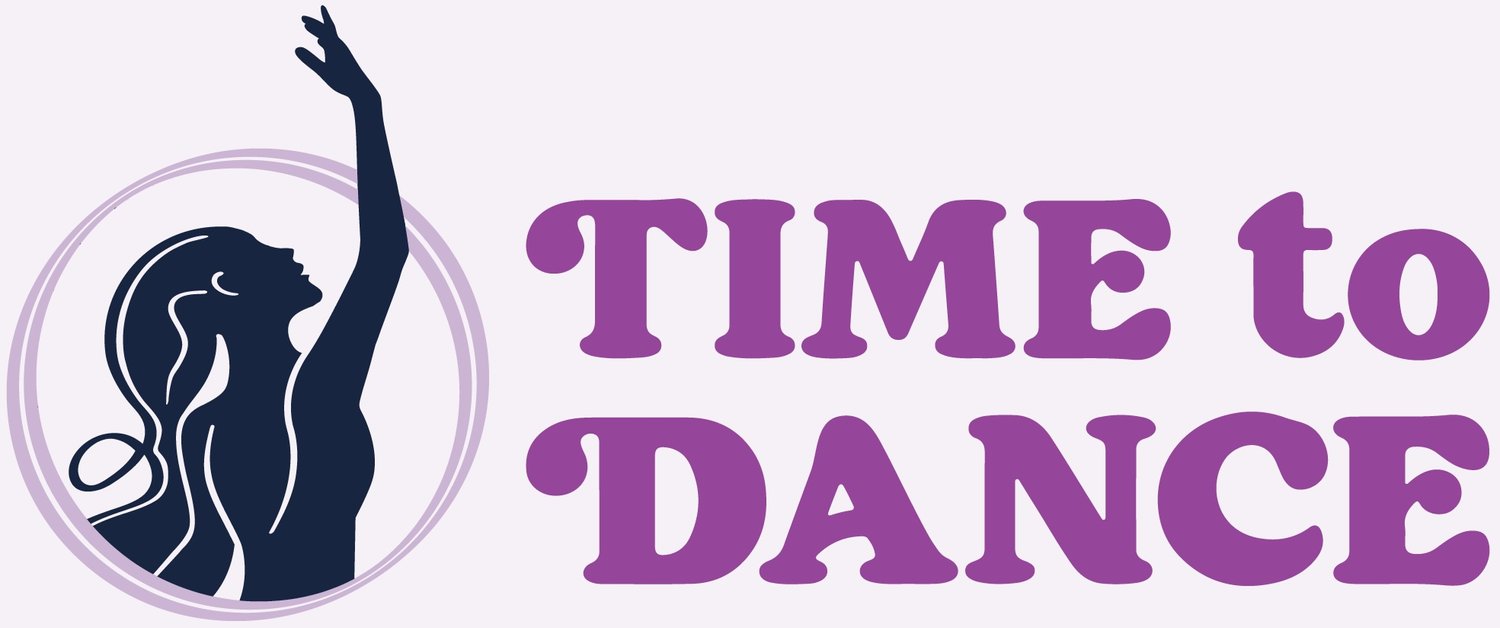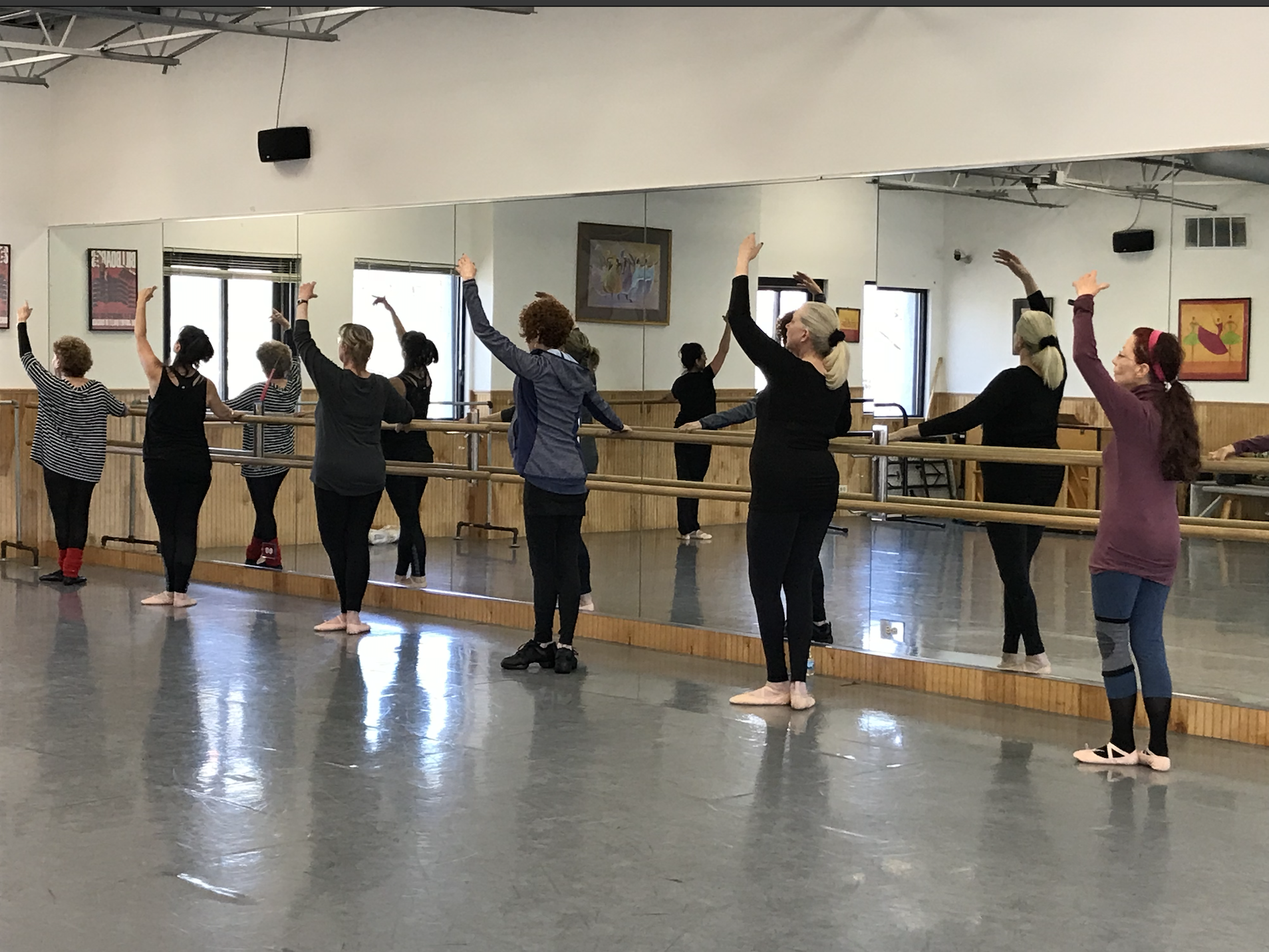Why Dance For Health?
Research-Informed Approach to Dance and Health
It is known that during aging, sensorimotor, cognitive and physical performance decline. A research study of non-dancers (aged 60 to 94 years old) who took a 1-hour class, weekly, for 6 months were able to reverse and improve in these areas. The control group (no dance classes) had continued age-related decline (Kattenstroth 2013).
As people age, they tend to gradually become more sedentary. Over time their movement becomes linear—generally only walking—which can increase instability and lead to people being unsteady on their feet, increasing the risk of falls, joint injuries and hip fractures. But when people move in a nonlinear way, such as in a structured dance class, they build physical strength and stability, as well as added confidence in the way they move through their daily lives.
Even if you feel like you are "a klutz" you can be encouraged to know that while all the dancers had statistically significant improvement in the study . . . Those participants with the lowest performance prior to the classes, had the greatest benefit! You don't have to be gifted to benefit from a dance class. Each TTD class is informed by research and aims to help their students see the best possible results, with the goal of one day adding to this body of work.
As a practicing Internist, Co-Founder & Board Member, Lynne has always emphasized to patients that exercise is imperative to maintain health as they age. Research in the past 15 years has proven that dance, including ballet, is a way to help reach those goals. Her dream was to create a class designed for adults granting an opportunity to get healthy while enjoying new freedom of movement.
“Six months of dance improves posture, reaction times, cognitive and motor performance and subjective well being”
Benefits of Dance for Aging Adults
Significant decrease in the risk of falling for people who participate in dance classes.
Six months of dance improves posture, reaction times, cognitive and motor performance and subjective well being.



